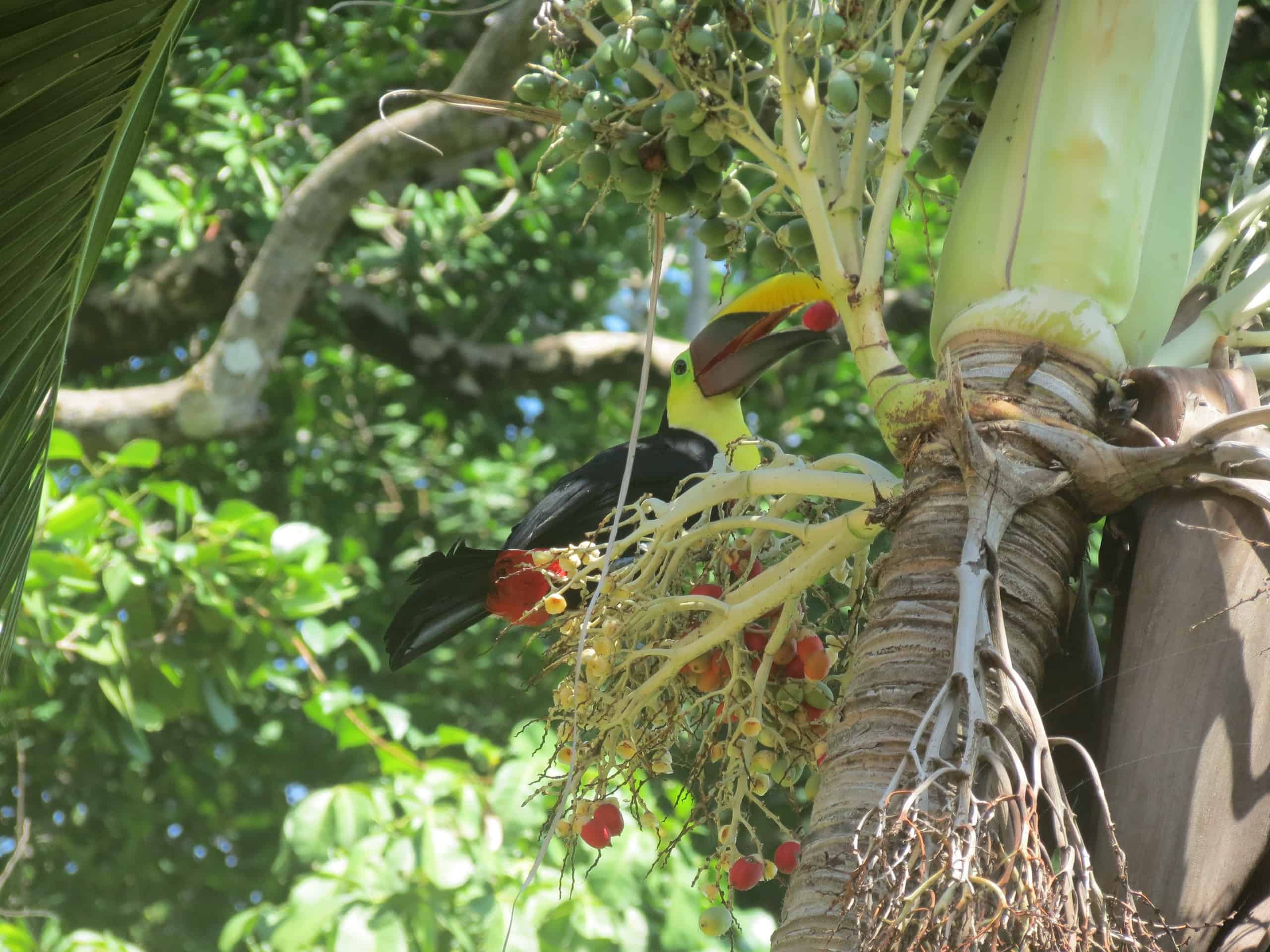Poaching is bad enough in itself. But according to a new study, poaching is more than just a threat to individual species — it also impacts local communities and biodiversity. Moreover, a new study reveals that poaching has far-reaching implications for climate change.

Many animals targeted by poaching, like mammals and birds, eat fruit and help spread seeds from trees effective at storing carbon. The loss of these animals changes the composition of forests over time, eventually causing the forests to absorb less carbon. Essentially, poaching makes trees less able to act as “carbon sinks” over time.
“Although the picture is complex, with hunting reducing populations of seed predators as well as seed dispersers, the overall effect of over-hunting larger animals is a general reduction in carbon storage capacity,” the researchers wrote in their paper. “Protecting forests is thus an essential part of the global strategy to reduce net carbon emissions.”
Seeds, animals, and climate
In Central and South America, poaching could lead to an up to 40% reduction in tree biomass, as it targets animals crucial for spreading large seeds. In central Thailand, tree species dependent on seed dispersal by frugivores account for about one-third of total carbon biomass.
Researchers note that current efforts to plant trees and reduce emissions often focus on species with smaller seeds, overlooking the more effective large-seeded varieties. Once lost, restoration of animal population is difficult, limiting the capacity of restored forests to sequester carbon.
“Forests with their full complement of faunal species at healthy population densities, sequester and store more carbon than those that have lost components of their fauna,” the researchers wrote. “Maintaining intact fauna is therefore a critical component of any strategy to conserve forests to address climate change.”
Well-preserved tropical forests are believed to capture and store about 3.6 billion tons of CO2 from the atmosphere each year. However, of the world’s remaining forests, only 40% are well-preserved. These are mainly found in Canada, Russia, and the Amazon. Of the ones remaining, only 27% are in protected areas.
Researchers also note that when wildlife disappears, the carbon stored in their bodies—part of the forest’s carbon storage—returns to circulation. This means that the over 11,000 elephants killed in a national park in Gabon from 2004 to 2012 resulted in the loss of almost 8,000 tons of sequestered carbon.
The authors noted that there are already markets that value the carbon sequestration of forests, such as REDD+, a UN initiative. As these markets have focused on the carbon in trees and on reducing emissions by avoiding deforestation and degradation, there’s an opportunity to incorporate the carbon benefits of maintaining fauna populations in a tropical forest.
“Explicitly valuing wildlife for its role in the sequestration and storage of carbon in tropical forests, and creating a market for intact faunal assemblages, can potentially generate significant revenues for forest and hunting management,” they wrote. “Such a market is one way to pay for the multi-faceted programs needed to conserve forests.”
The study is published in the journal PLOS Biology.






